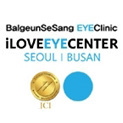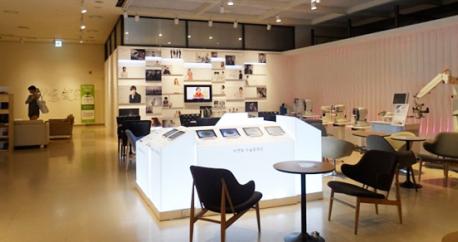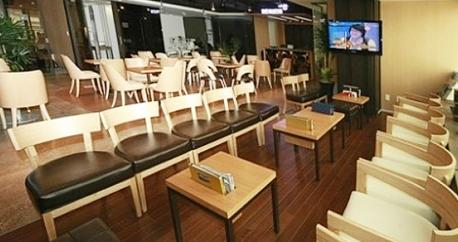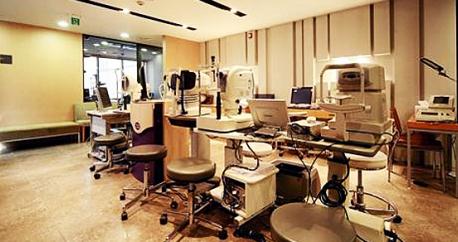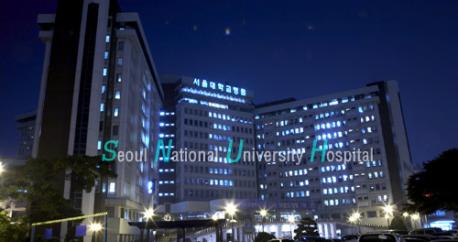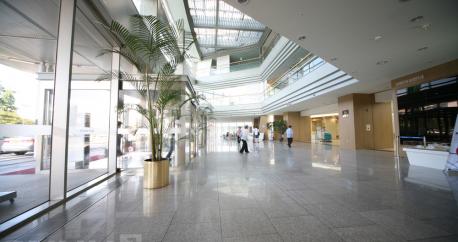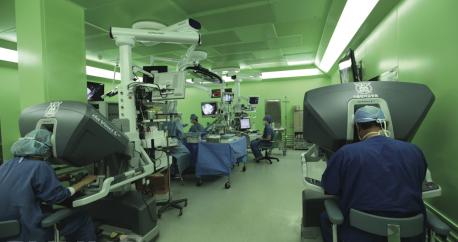Intraocular lens implant is a surgical treatment to correct refractive disorders by replacing existing crystalline lens clouded over by a cataract. Intraocular Lens Implant tends to have longer period of surgery schedule compared to LASIK & LASEK, and postoperative checkup is crucial. Intraocular Lens Implant let a patient to maintain corrected vision for life without worrying about corneal ectasia which may occur after LASIK or LASEK treatment. However, if any complications occur, a patient can remove the implanted lens to recover from the complication.
Who are the ideal candidates for Intraocular Lens Implant?
- Those with severe myopia (-3~-23 Diopter)
- Those with very thin cornea
- Those who have corneal injury or disease
- Those with large pupils at night
- Those with severe Xerophthalmia
- - Operation : 20~25 minutes
- - Recovery : 30 minutes
- - Cost : KRW 4.6million ~
Intraocular Lens Implant Procedures
Preoperative exam ▶ Iridotomy→Initial surgery after 1~2 weeks ▶ the day after surgery ▶ 3~4days after surgery ▶ Have a surgery for 3~4 more times at an interval of every 1~2 weeks
- 1. Make an incision in the cornea after Instillation of miosis drops for topical anesthesia.
- 2. Insert intraocular lens vertically to the corneal incision.
- 3. Place the lens on the most appropriate area of the iris.
- 4. Fix the lens to the iris using the ring on the both side of the lens to finish the procedure.
(* The detailed procedure may vary depending on the surgical treatment.)
Types of Intraocular Lens Implant Procedure
1) ICL Lens
ICL lens has being used to correct severe myopia and hyperopia for over 20 years. ICL is It is safe to eyes since it is made with harmless and biocompatible materials to avoid any inflammations and for easy transmission of metabolic substances.
2) Toric ICL Lens
Toric ICL, which corrects astigmatism, is composed of identical material and structure with existing ICL lens. Thus, it is very useful when a patient has high myopia (over -8 diopter) with severe astigmatism, and the lens is implanted between iris and lens as with the existing ICL lens.
3) Altisan Lens
Artisan lens implant does not cause cataract or any damages to the rear side of cornea since it’s fixed on the top of the iris which is located between cornea and lens and has no direct contact with cornea. With its fast recovery time, patients can perform normal daily activities after 3 days of surgery, and feel the corrected visual acuity.
4) Toric Altisan Lens
The basic features of Toric Altisan Lens is identical with Altisan Lens. However, it is able to correct myopia and astigmatism unlike Altisan Lens. Toric Altisan Lens Implant fixes astigmatism correction lens to the iris, thus it has high predictive value for correcting myopia with astigmatism and also very safe.
5) Artflex Lens
Artiflex Lens, a compound word for Arti and Flex from Altisan Lens, has received CE approval of Europe in 2005 after years of clinical practices and is widely used in Europe and Japan today. Artiflex Lens Implant can be done only with a small incision of 3.2mm where suture is not necessary and it has small changes in astigmatism after surgery, so the recovery time is short.
Post Management of Intraocular Lens Implant
- 1. Use prescribed eye drops from the day of surgery. Eye drops must be kept clean to prevent contamination. Avoid direct contact with eyes when instilling eye drops.
- 2. Rubbing or blinking eyes firmly on the day of surgery may cause the displacement of corneal flaps or wrinkles on it which can result in serious problems on rehabilitation of visual acuity.
- 3. Tilting or shaking your head forward and rubbing eyes on the day of surgery may cause complications like hemorrhage and retinal detachment.
- 4. Consult with a surgeon who has operated your eye or go to the nearest Ophthalmic Emergency Center ASAP if you experience sudden loss of vision, ocular pain or severe bleeding.
- 5. Wear eye patch during sleep for 2 weeks to avoid rubbing your eyes.
- 6. Start washing face and hair from 5 days after surgery, use public bath 2 weeks after, and sauna a month after.
- 7. Do not drink too much for at least 2 months after surgery, and abstain cigarette for 2 weeks.
- 8. Avoid strong light which irritates eyes, and wear sunglasses if possible to avoid ultraviolet rays.
FAQs on Intraocular Lens Implant
What’re the differences of ICL and Toric ICL?
ICL(Implatable Contact Lens), made with COLLAMER known for its superior biological affinity, is a special lens to implant on top the original crystalline lens. ICL lens has started to be used for Intraocular Implant since 1993, and has been actively used as of 1997. Its safety and the effect for vision correction has finally proved in 2003 as its clinical research were announced by FDA. Its greatest advantage is the wide range of vision correction from myopia (-3~-23 diopter) to hyperopia.
What’re the differences of Altisan and Altiflex lenses?
Other types of intraocular Lens are Altisan and Altiflex which are implanted between iris and cornea, and they have an unusual shape of lobster claws. Implant with Altisan and altiflex lenses has started since 1986, and is recognized for its effectiveness of sever myopia correction. Instead of hard Altisan lens, the application range of soft Altiflex lens which was introduced recently has widened. Altiflex lens has overcome a disadvantage of Altisan lens – a big incision range, dramatically shortening healing time with less than 3mm of small incision which does not require suture after the surgery. Now, Altisan lens are used for patients with heavy astigmatism and Altiflex with less astigmatism.
